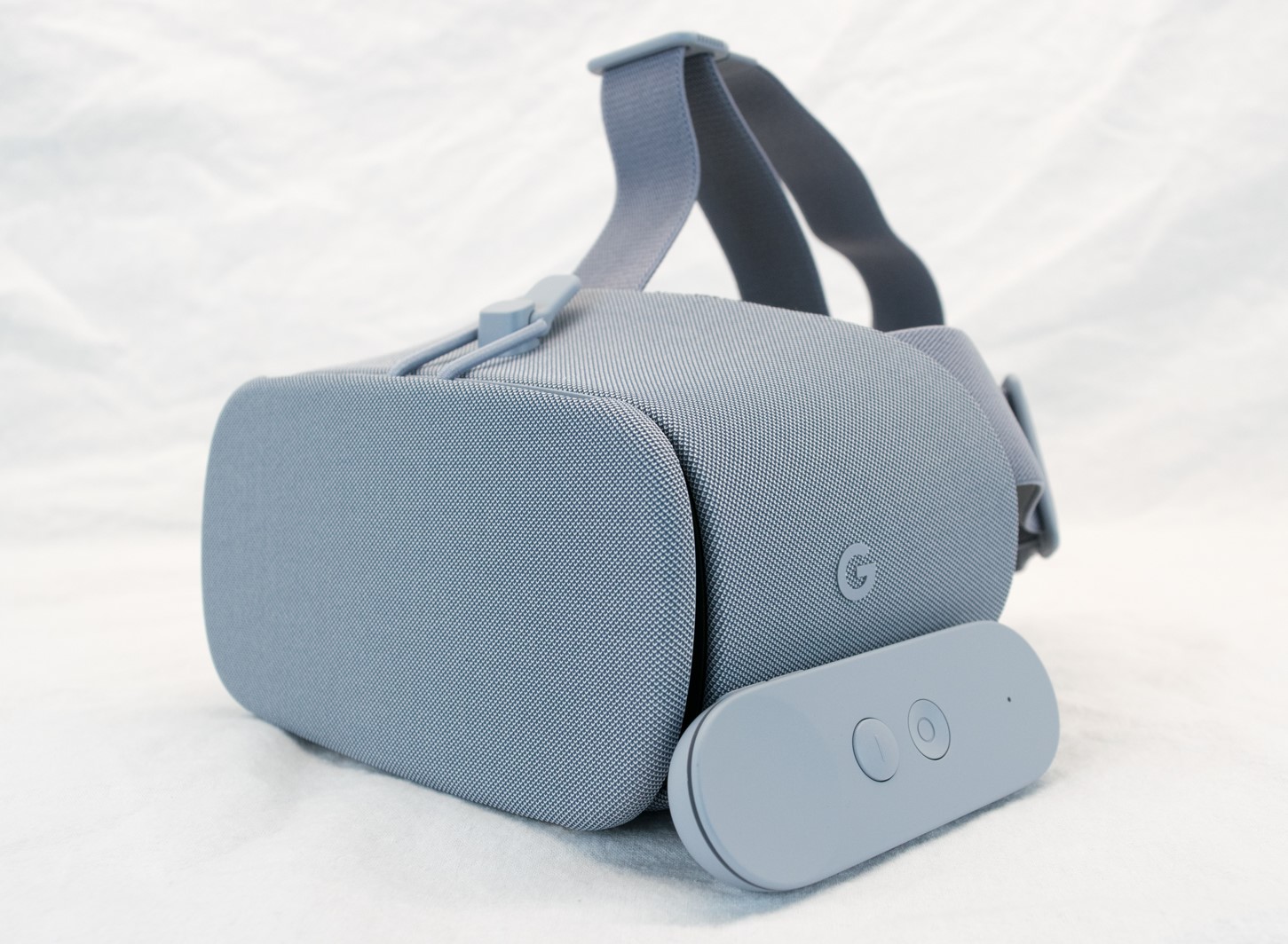Google's Second-Gen Daydream View VR HMD Is A Bigger Improvement Than It First Appears
Google launched the Daydream VR platform last November along with the first-generation Google Pixel phones. The company also released the Daydream View, which was supposed to challenge Samsung’s Gear VR as the premier mobile VR headset. Google’s first kick at the can fell a bit short of that goal, but it spent the past 11 months revising the hardware, and it’s ready for another go. The first revision of Daydream View headset is available this week, and it boasts significant improvements over the original version.
Google dipped its toes into the virtual reality market early with the Google Cardboard platform. However, Cardboard is more of an experiment than a viable long-term VR platform. It offers limited input, no adjustability (IPD, focus, etc.), and official Cardboard viewers don’t even have head straps.
The Cardboard initiative was limited in its scope, but if gave Google a solid foundation from which to learn about virtual reality. Last year, the tech giant stepped up as a much more serious player in the VR industry with the Daydream platform, which boasted improved hardware and higher quality experiences. The first version of the Daydream View headset had several redeeming features, including soft-touch materials, lightweight construction, compatibility with multiple phones, and an included 3-degrees of freedom (3DoF) motion controller.
Despite its positive features, the Daydream View headset couldn't wrest the mobile VR crown from Samsung and Oculus. The materials were soft, which felt comfortable at first, but the headset’s lack of an overhead strap meant that you have to tighten the back strap to the point where it was uncomfortable, which killed the experience.
Google’s new Daydream View headset, which comes out alongside Google’s new Pixel 2 and Pixel 2 XL phones, doesn’t suffer from those problems.


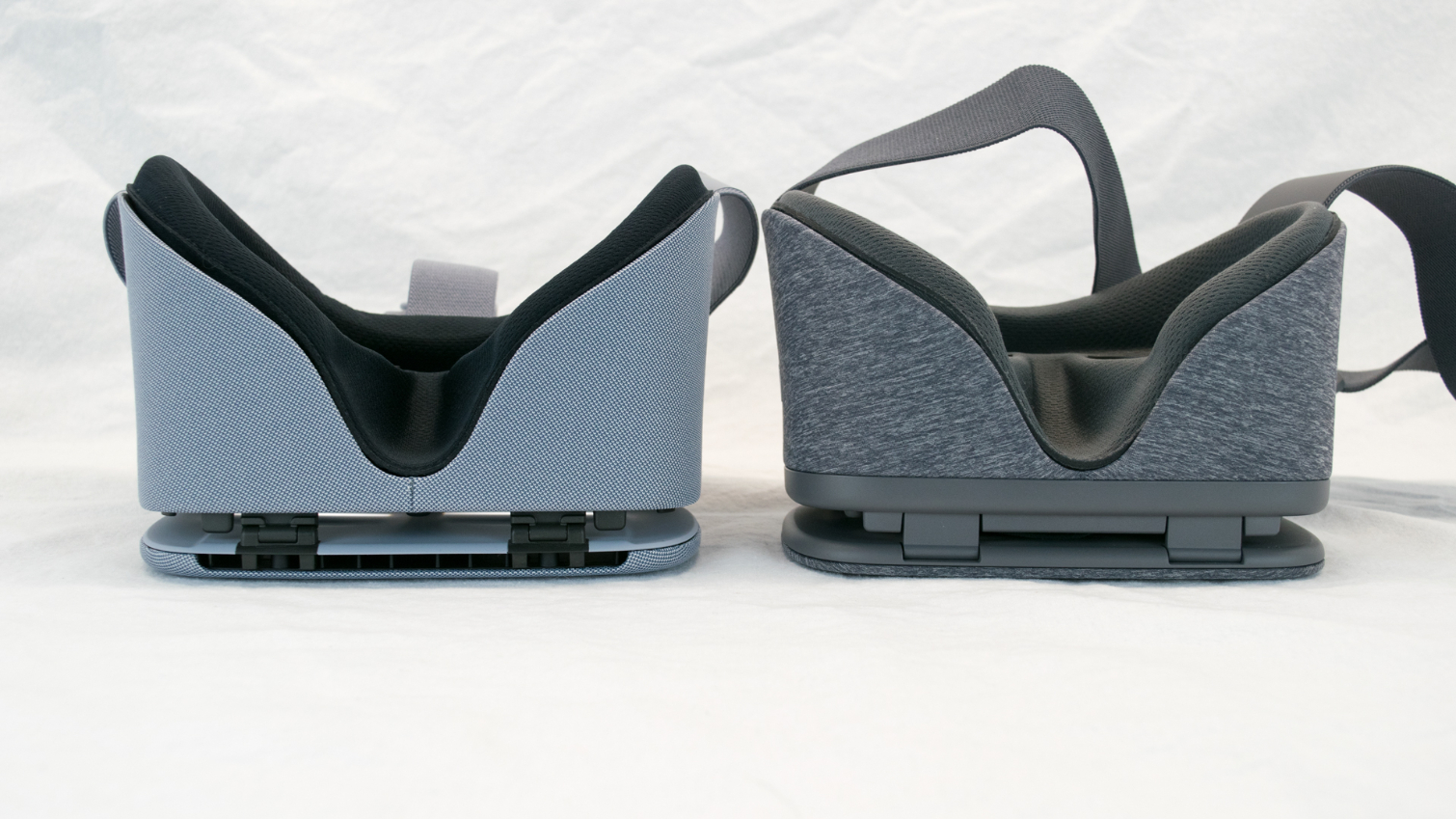


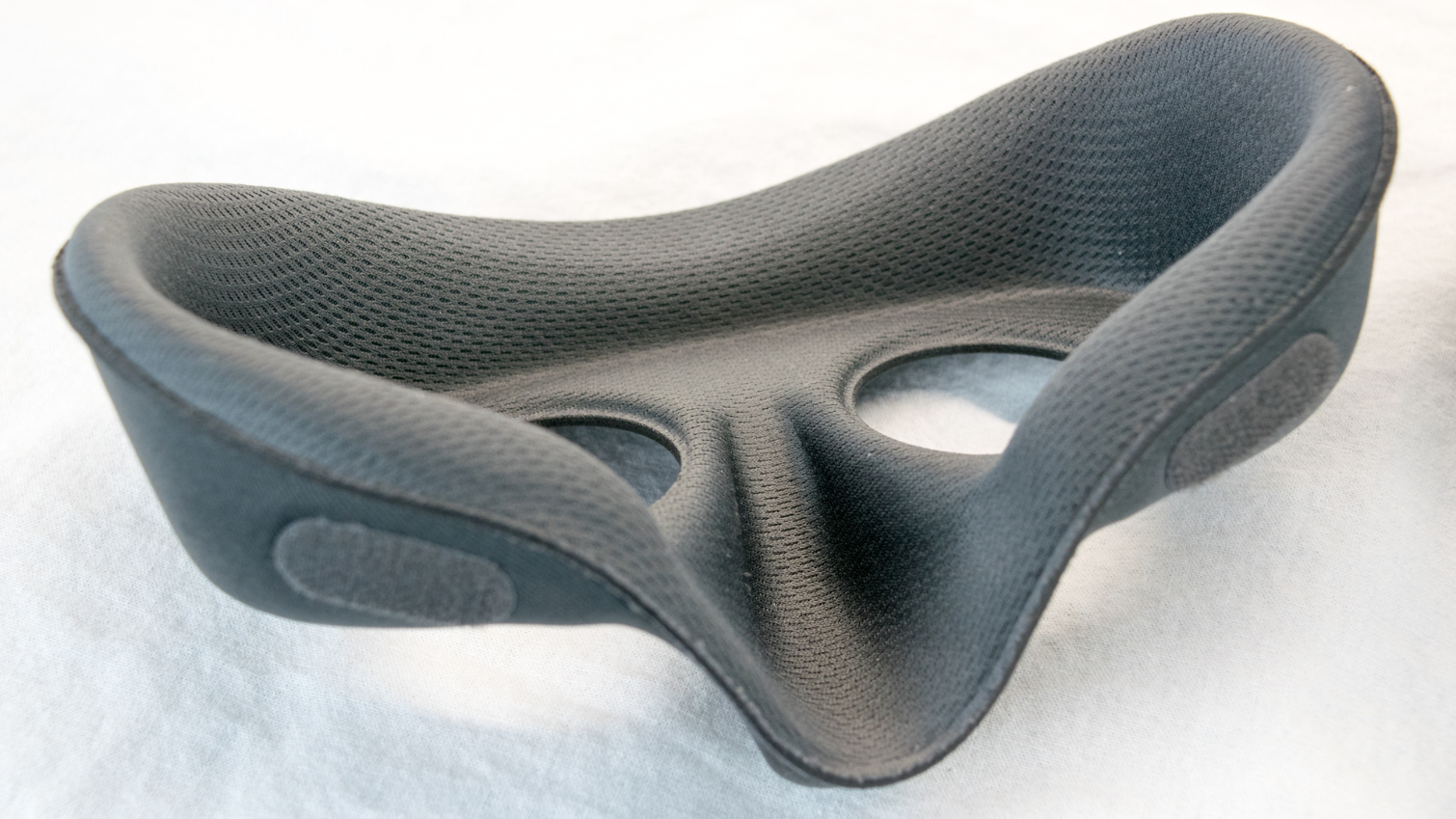
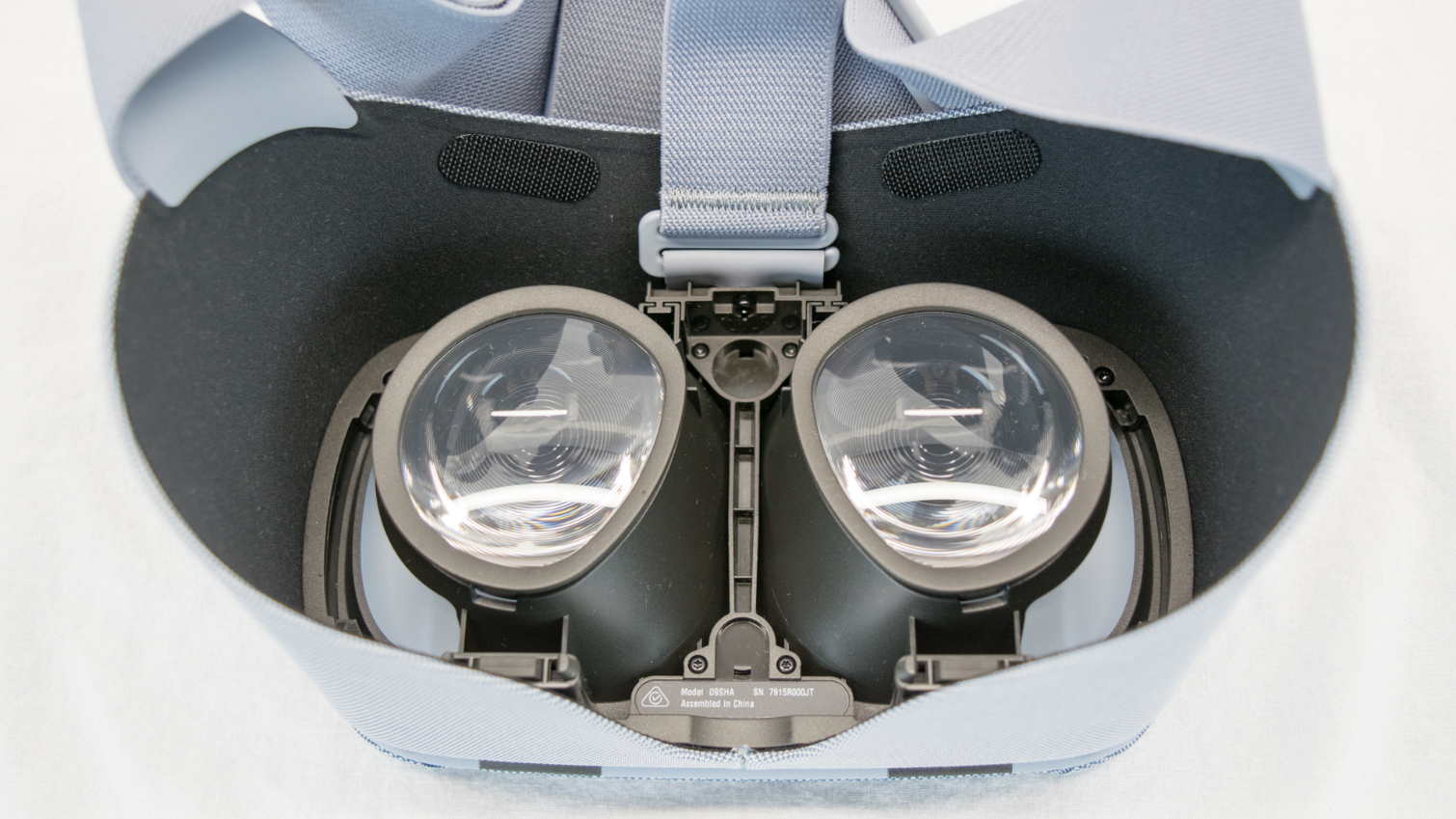
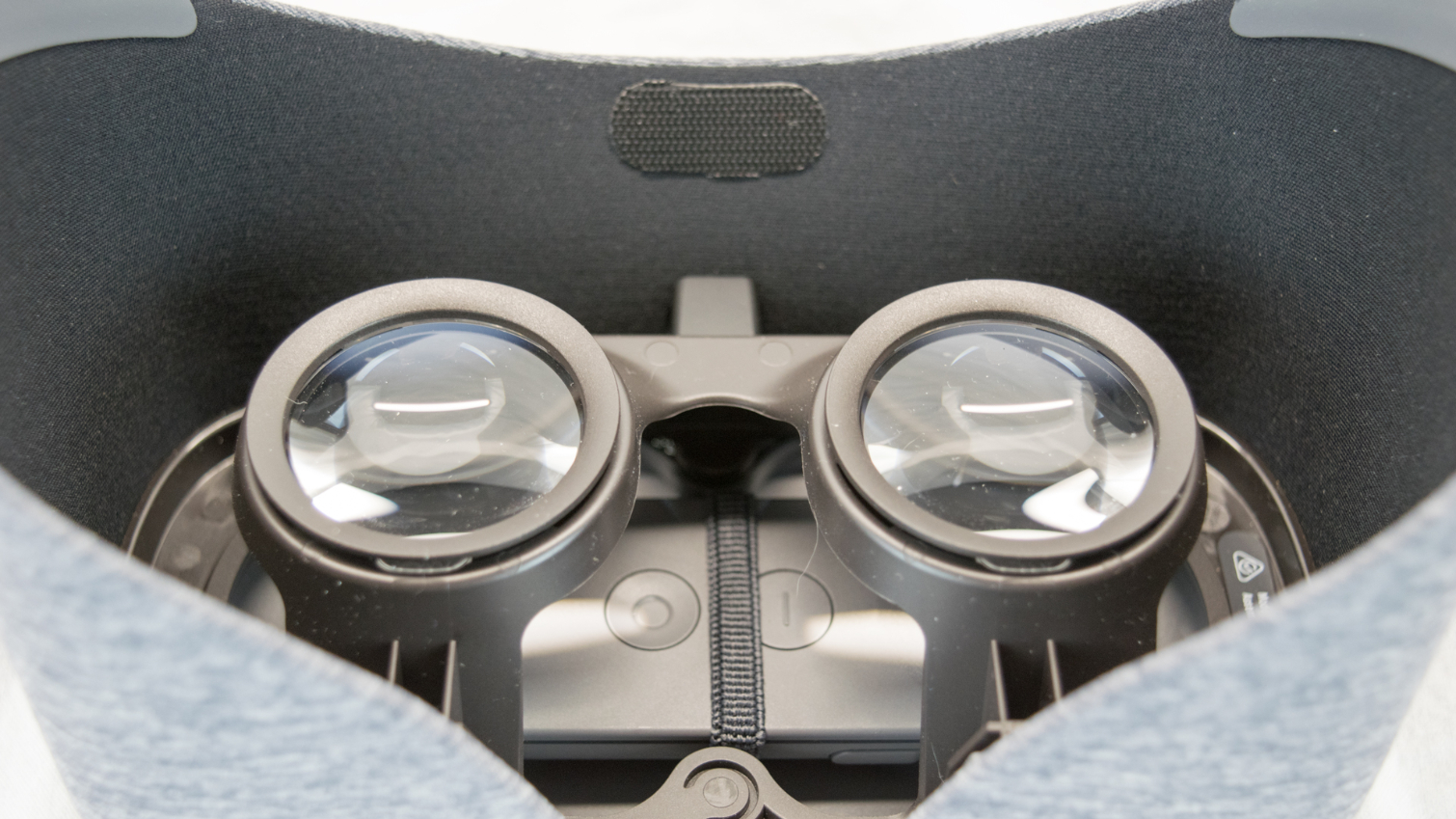
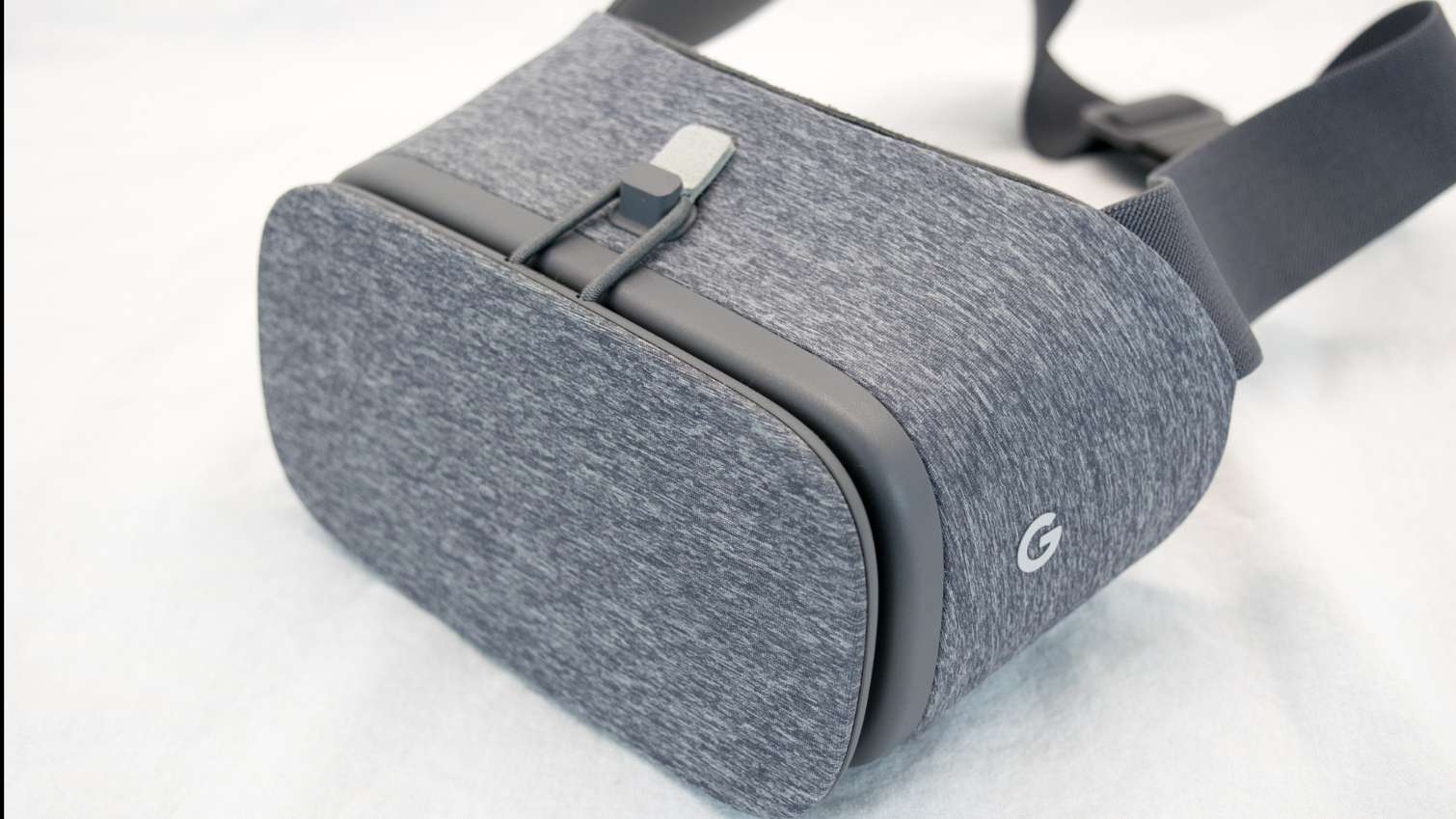

Cosmetic Changes
At first glance, you may not notice much of a difference between the original and the revised version of the Daydream View. In fact, we didn’t realize the extent of the changes until we put the two headsets side by side. The original Daydream View features a soft material that feels a lot like a cotton t-shirt, whereas the fabric on the new headset feels coarser, almost like a denim material. We haven’t put the headset through unnecessarily rough use, but we expect that the coarse material will hold up to wear better than the old version. We get the impression that the new material would absorb less moisture than the old material, too.
Last year, Google offered the Daydream View headset in three different colors: Slate, Crimson, and Snow. This year, the company is offering three different colors: Coral, Fog, and Charcoal. We received the Fog variant, which is a pale shade of grey.
Get Tom's Hardware's best news and in-depth reviews, straight to your inbox.
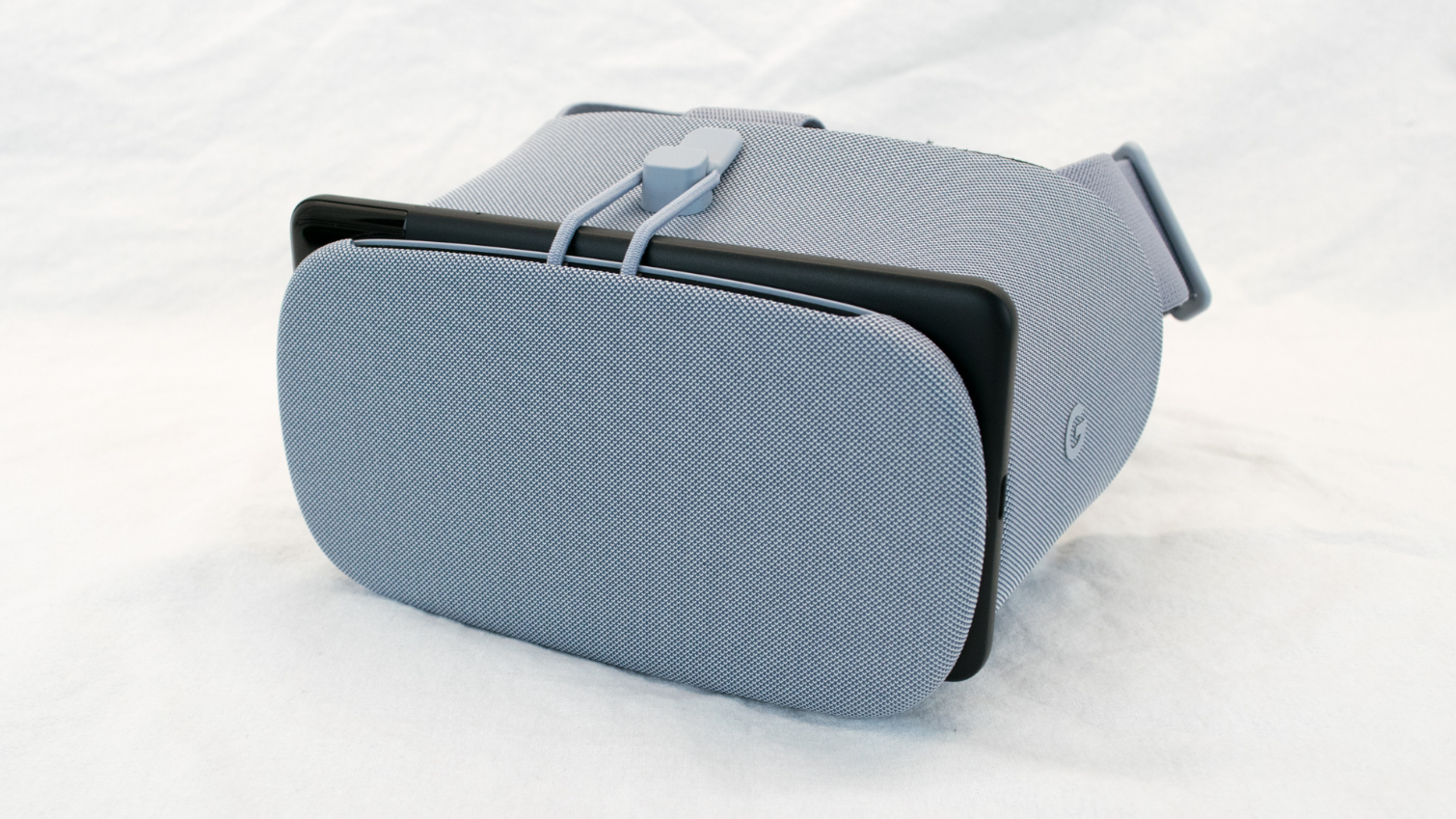




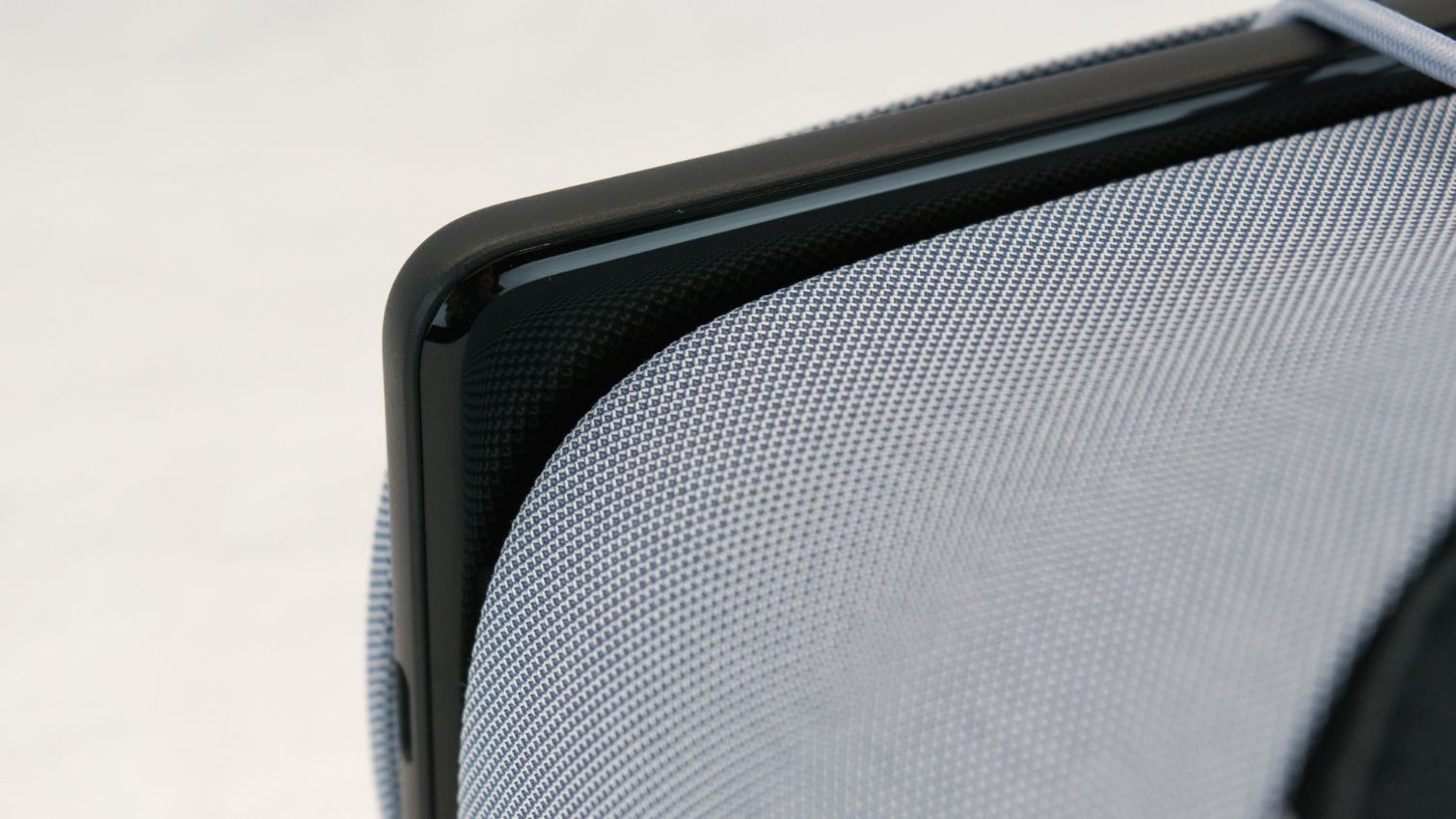
Comfort Improvements
The new Daydream View headset includes a revised facial interface with slightly thicker foam and denser construction. Both cushions appear to be made of the same type of foam material.
The new head strap is the most notable improvement. Google came to its senses and gave the revised Daydream View headset a removable overhead strap that offers much more support to help balance the headset on your face. Whereas we found that the old headset became uncomfortable after less than 20 minutes of use, the new headset allowed us to relax and enjoy the experience for more than two hours without fretting about an overtightened head strap or a sagging screen.
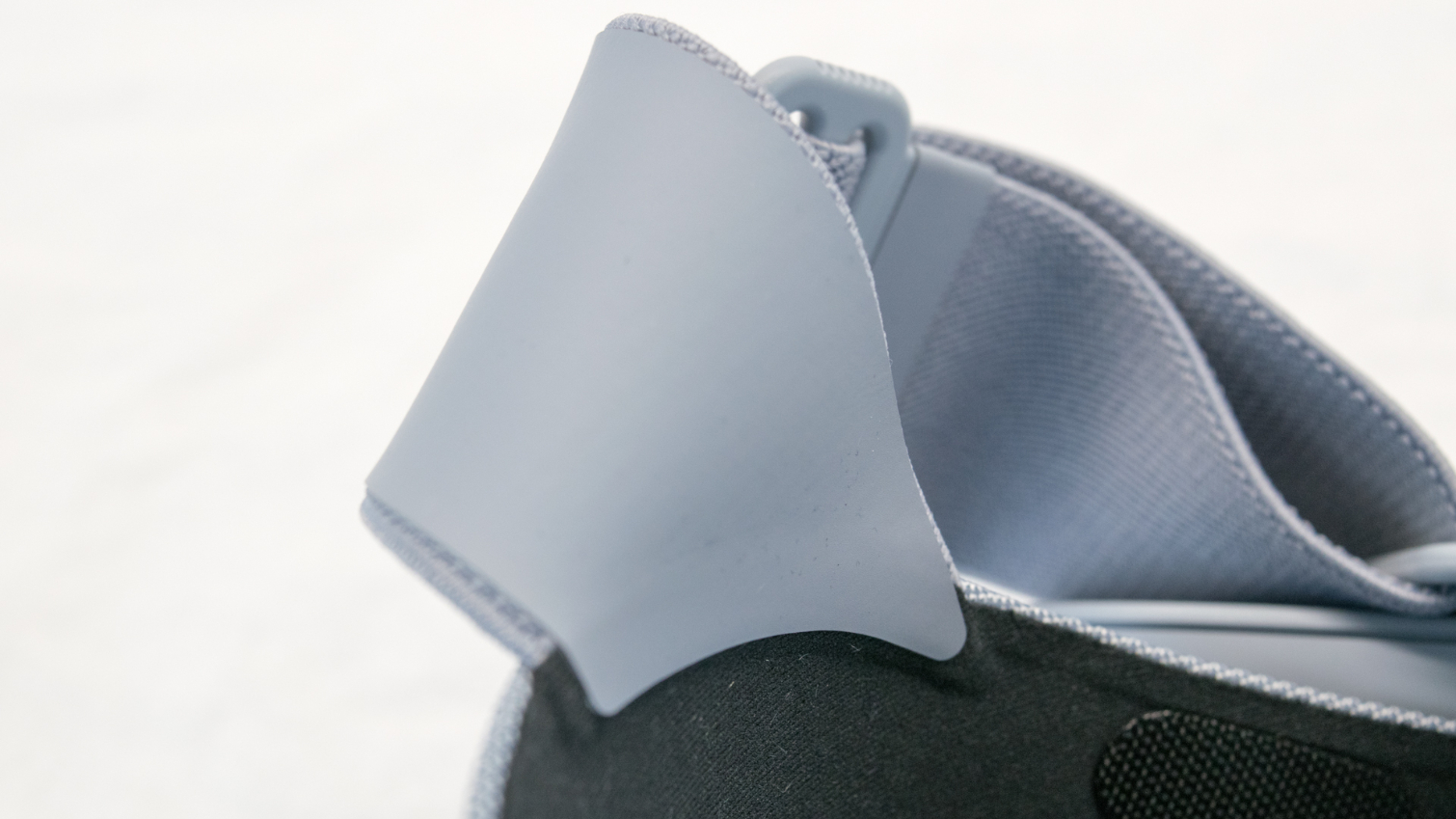
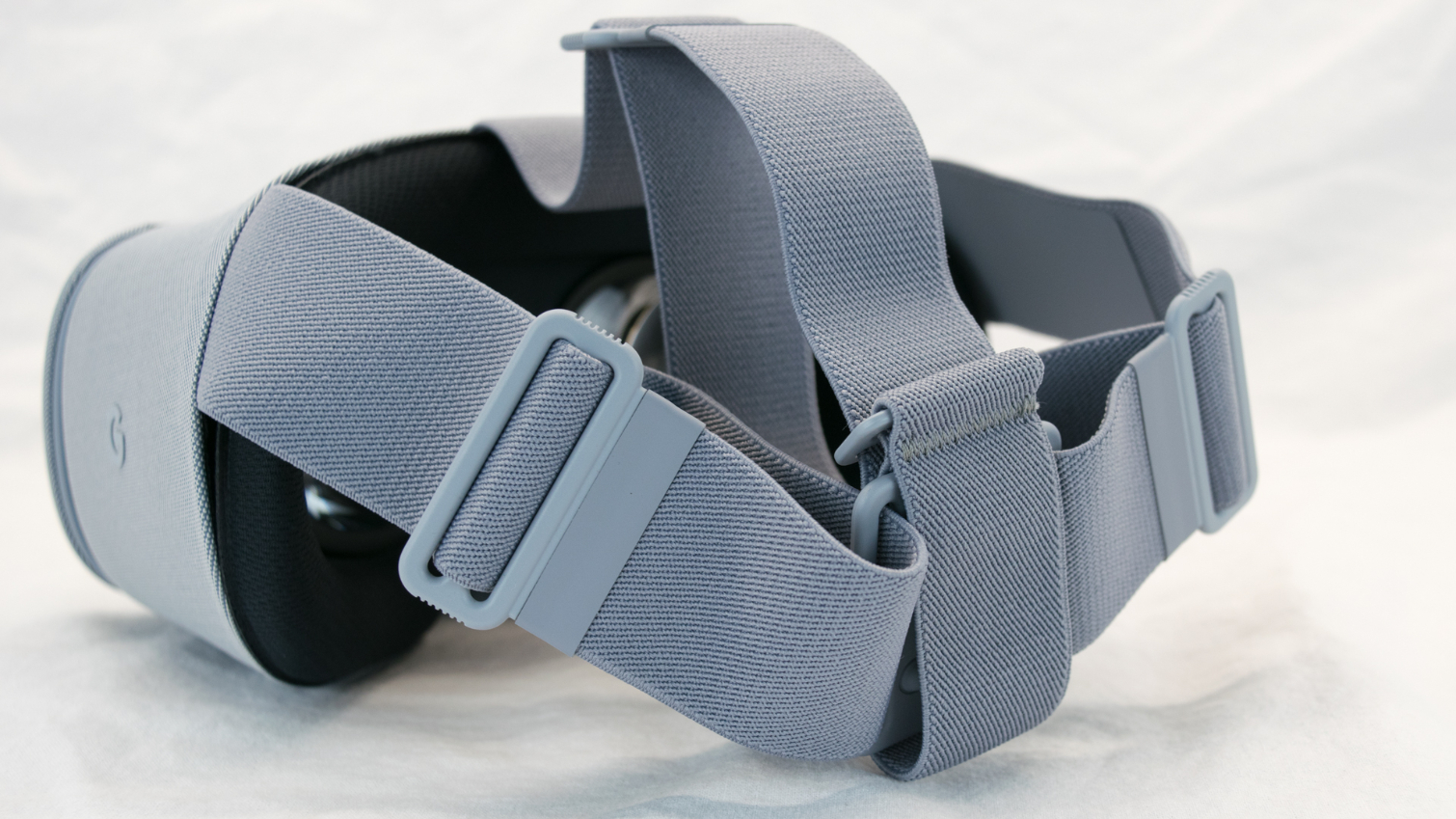
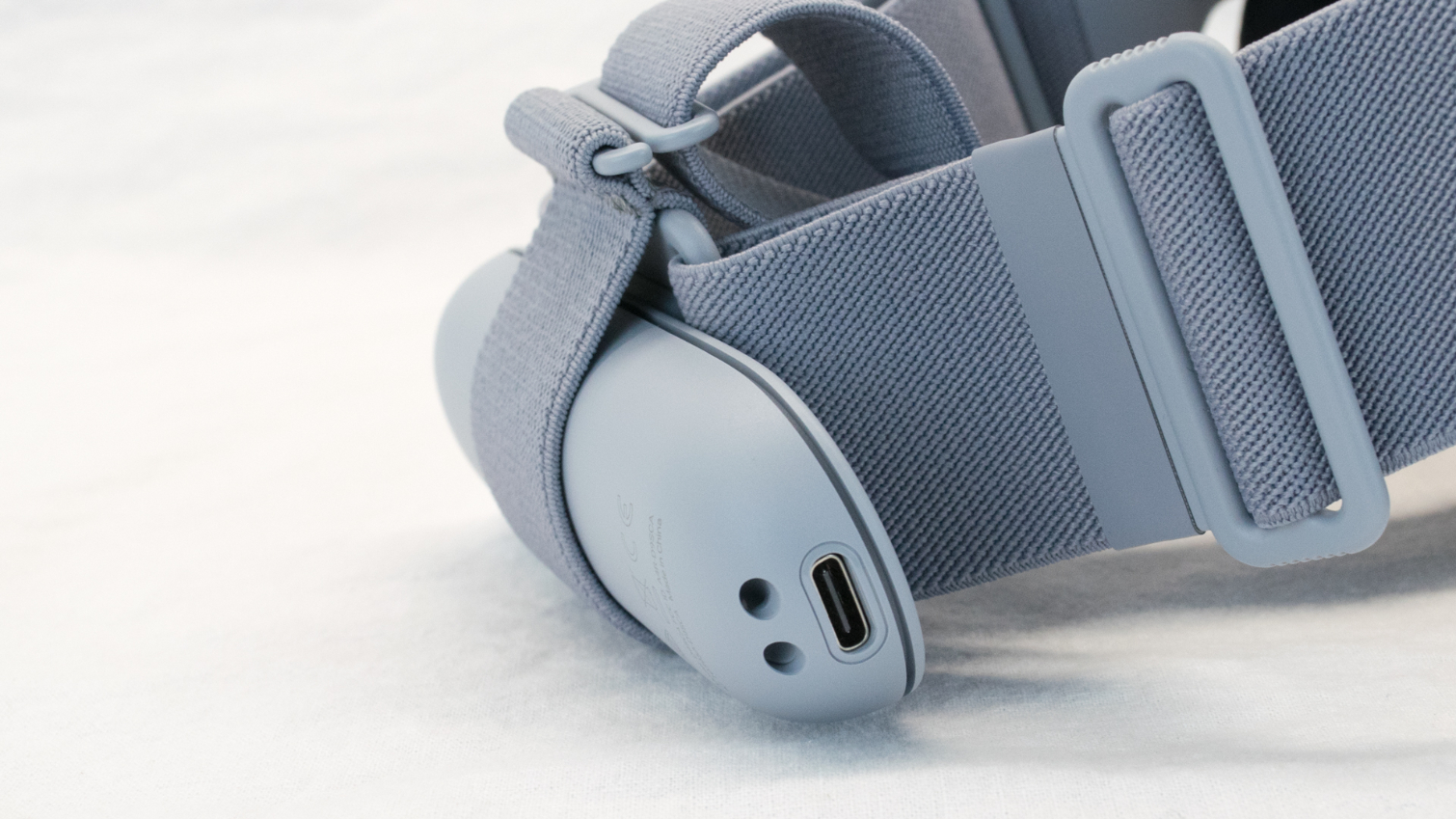
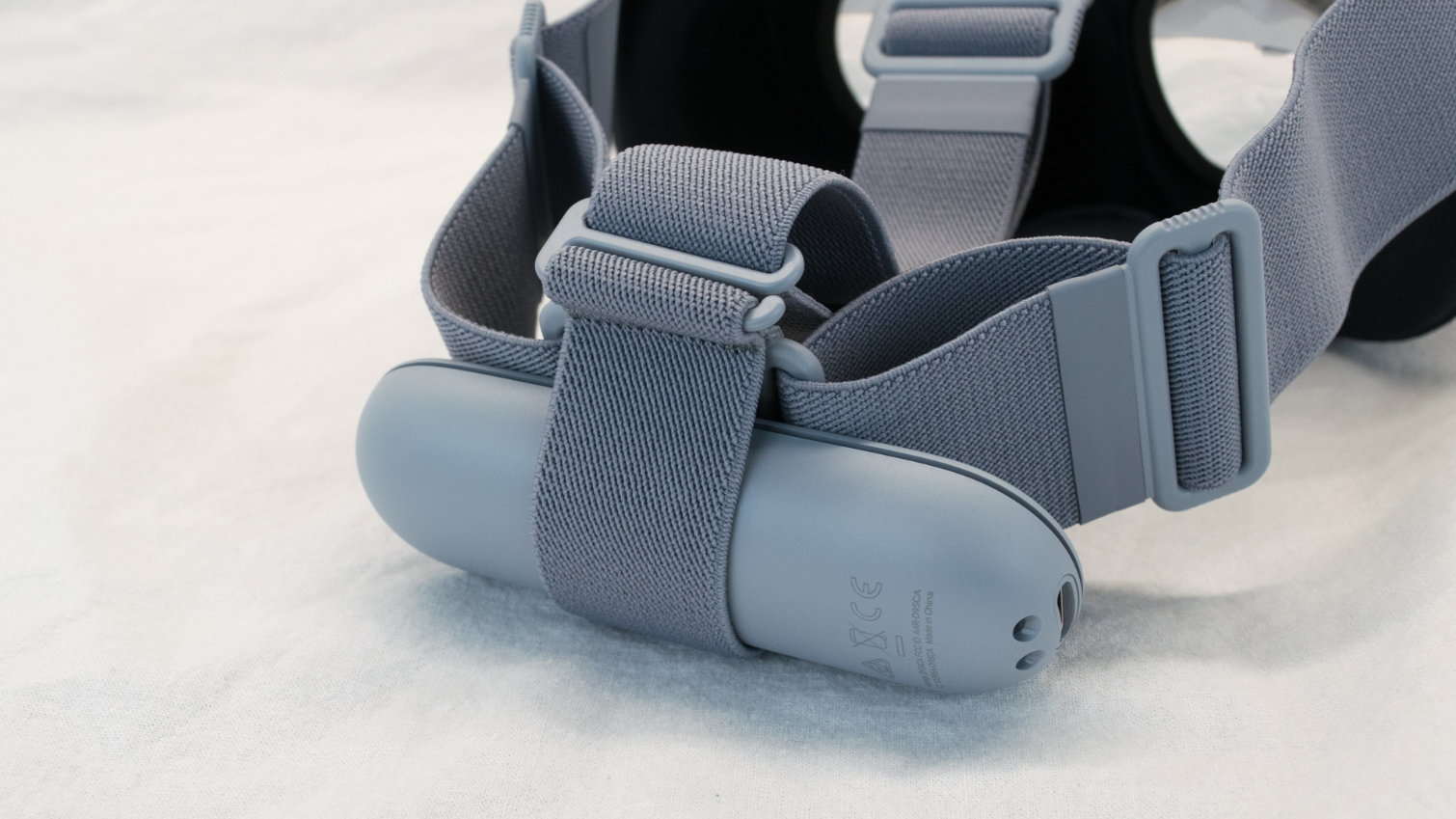
Functional Changes
The comfort and cosmetic updates are welcome changes, but Google did more to separate the old and new. For example, the latch that holds the front cover is a significant, yet subtle change. The old latch works well enough, but the new design is more convenient. The new latch handle is made of a rubber material, which holds securely when you need it to, but it also slips out when you want it to. The old design requires you to pull the elastic cord back to clear the edge of the hook, whereas the new design lets you give the handle a gentle tug forward, and it comes right out.
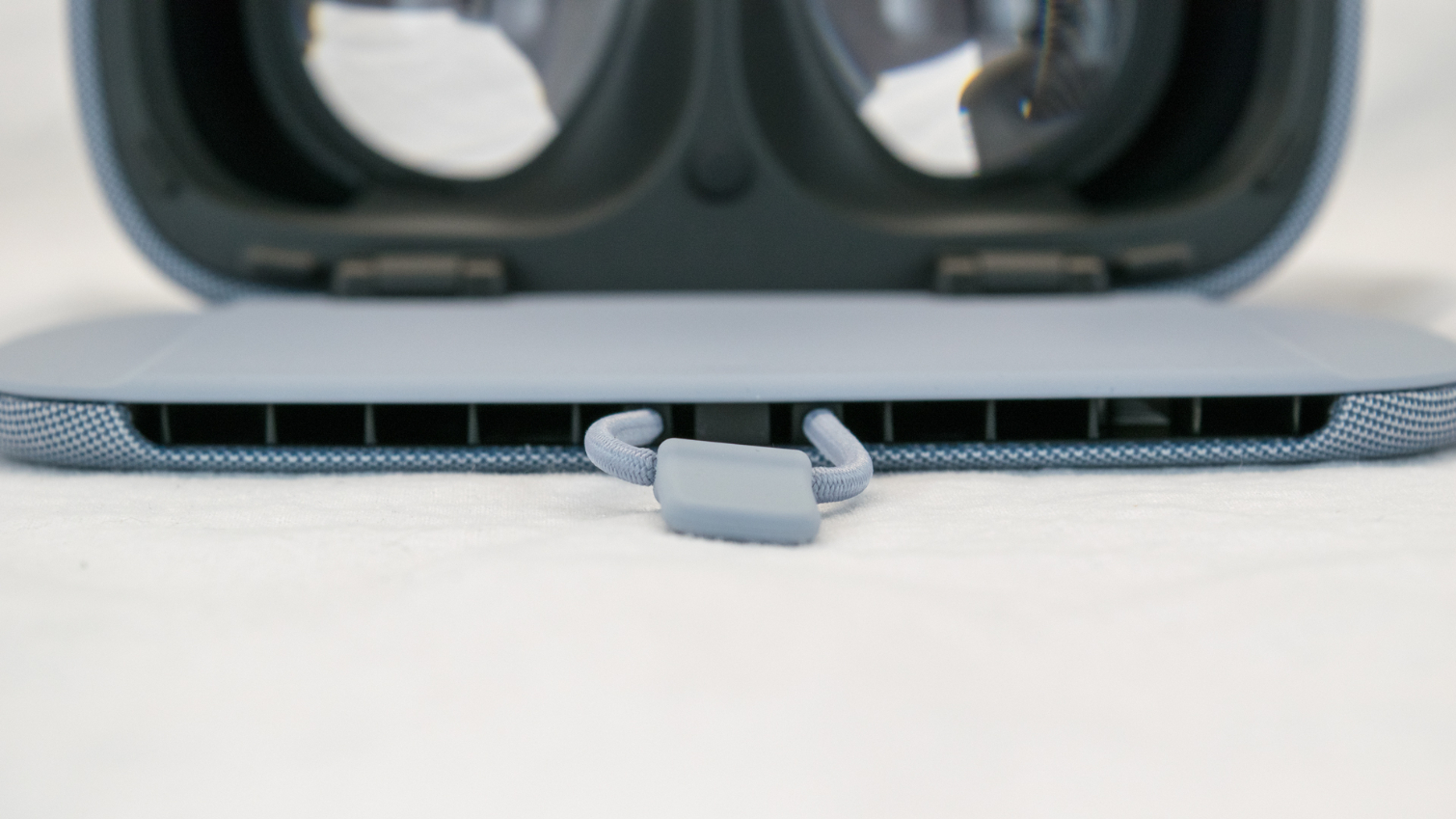

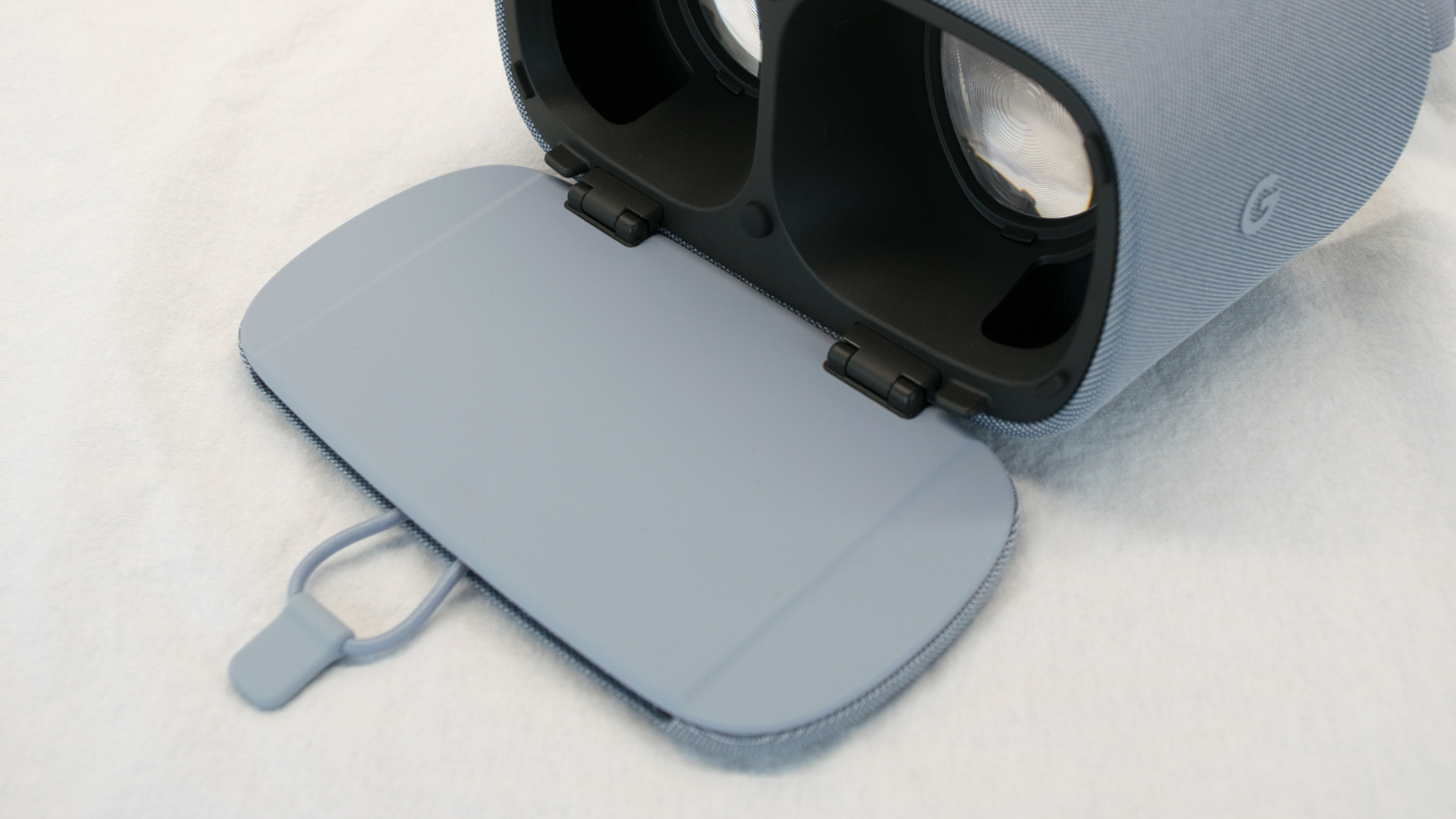
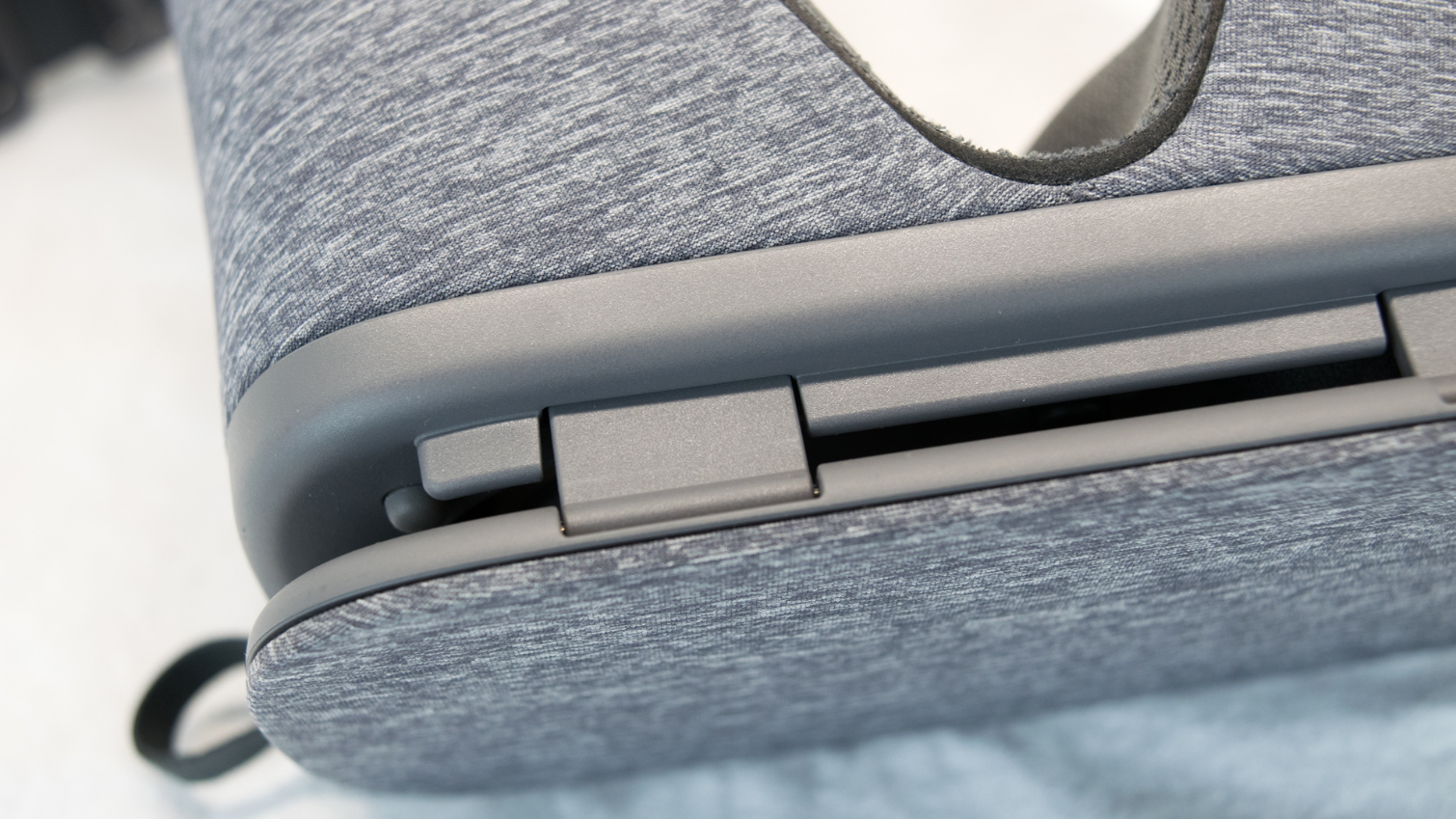
Google also redesigned the front cover of the Daydream View headset. The original was made of a light plastic material that feels like it’s hollow inside. The cover included four rubber nubs that protected the backside of your phone from scratches.
When we tested the original Daydream View headset with a Pixel XL smartphone, we found that the phone ran mighty hot after a short 15-20 minute stint running VR games. Google has addressed this problem in the new version by adding a metal heatsink with 10 vertical fins integrated into the front cover to help reduce the temperature of your device.
The new front cover also necessitated a sturdier hinge design that can support the extra weight.
The heatsink seems to do its job. We were able to play a handful of games and watch several YouTube videos over the course of an hour with the same Pixel XL we used in the original View, and it was only marginally warmer than when we started.
The Optics Sell The Package
Unquestionably, the most important change to the new Daydream View is the improved optics design. Google’s first-generation Daydream View headset featured two, small, round lenses not unlike the ones you would find in a Google Cardboard headset. They get the job done, but with significant distortion around the perimeter of your view.
The new Daydream headset includes larger lenses, which feature cutaways to make space for your nose like the Vive and Rift headsets. Google’s new lenses appear to be Fresnel, or Fresnel-derived hybrid lenses with multiple steppings to reduce distortion when you look towards the edge of the lens. The new lenses create mild lens flare distortions, but overall you get a much clearer view of the screen.
New Controller? Not Really
Google revised the controller 3DoF controller for the headset revision, but the change is negligible. The new controller features a protruding App button, whereas the old one has a flat App button. The volume buttons on the new controller are also slightly more prominent, too.
Google’s first Daydream View featured a spot behind the front cover to store the controller, but the new version needed room for the heatsink, so Google added a slot on the rear of the head strap to store the controller.
Phone Support, Old And New
We knew that the old Pixel phones worked in the new Daydream View, but now we also know that the new Pixel 2 and Pixel 2 XL are backwards compatible with the old View. To be clear, it's not just they're compatible; the devices all work flawlessly with one another.
Although we managed to get the new smartphones to work with the old headset, we advise picking up the new Daydream View. The improvements that Google made to the revised headset merit a purchase even if you’re sticking with an older Daydream-ready phone. The new one is that much better.
Google is asking a little bit more money for the new headset. The original Daydream headset sold for $79 when it hit the market, which was a fair price for what it offered. Google is asking $99 for the new version, and we'd say it offers a better value despite the higher price tag.
Kevin Carbotte is a contributing writer for Tom's Hardware who primarily covers VR and AR hardware. He has been writing for us for more than four years.
